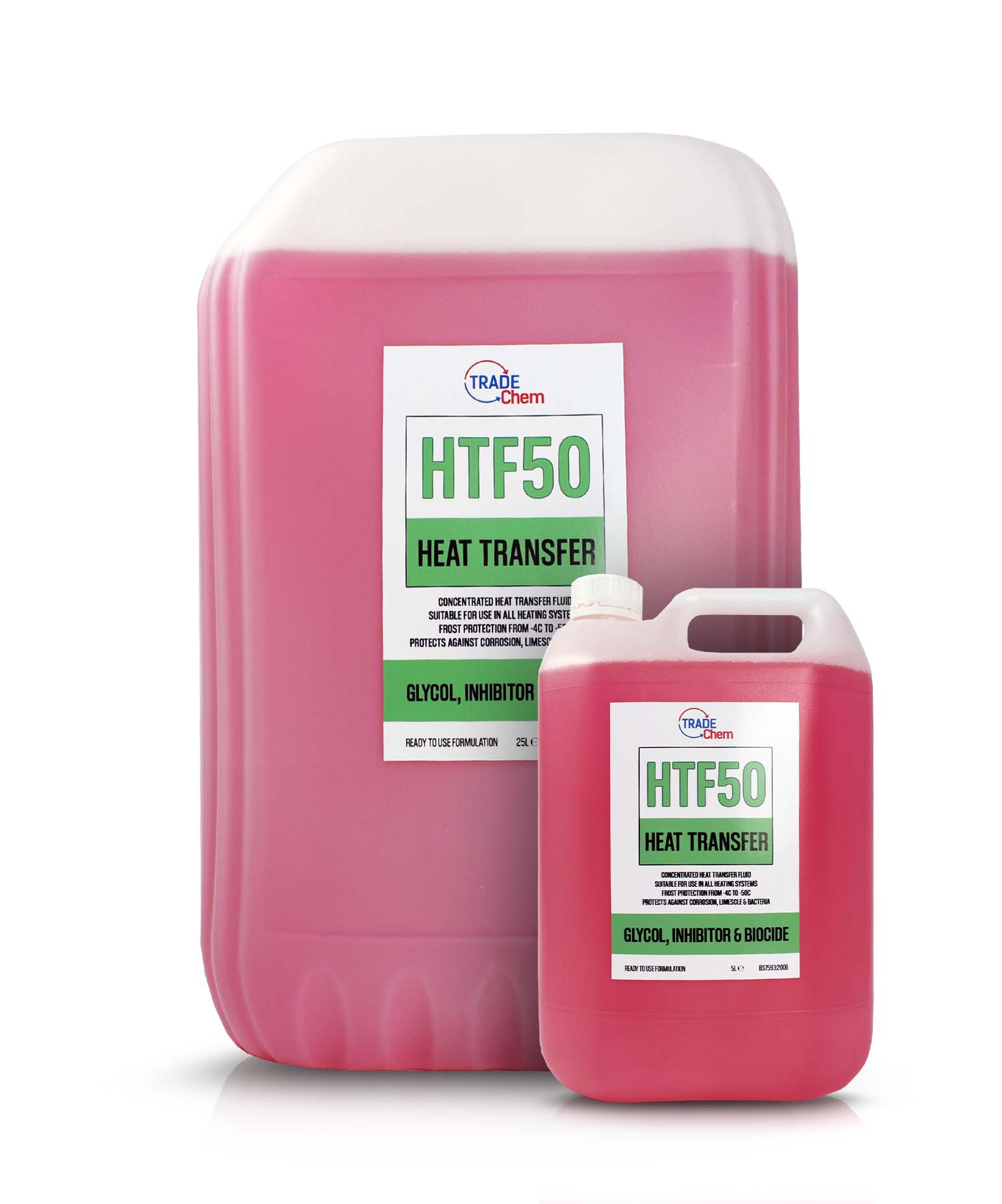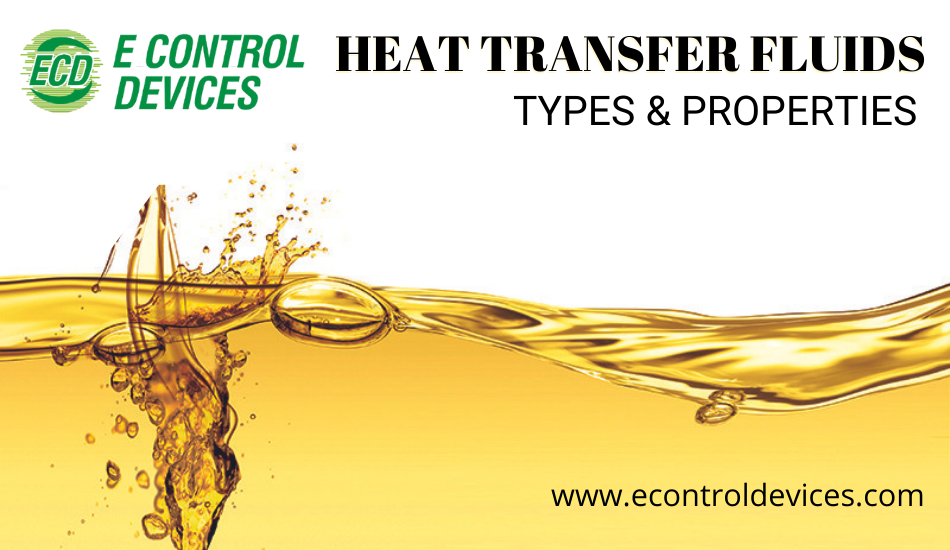How to Pick the Best Heat Transfer Fluid for Industrial Applications
How to Pick the Best Heat Transfer Fluid for Industrial Applications
Blog Article
Exactly How Warmth Transfer Fluid Adds To Sustainable and Affordable Workflow
In the modern industrial landscape, the function of warm transfer liquids (HTFs) in advertising sustainable and affordable procedures can not be overemphasized. These liquids are pivotal in optimizing thermal administration systems, therefore significantly improving energy efficiency and minimizing functional prices. heat transfer fluid. The ecological advantages of innovative HTFs, with their high thermal security and reduced poisoning, are undeniable.
Understanding Warm Transfer Fluids
In the realm of thermal management, warmth transfer fluids (HTFs) serve as important agents for moving thermal power from one place to another. These fluids play a critical function in different commercial applications, consisting of chemical processing, power generation, and A/c systems.
The structure of heat transfer liquids can vary considerably, consisting of choices such as mineral oils, synthetic oils, glycols, and molten salts. Each type supplies unique advantages, such as enhanced thermal security, reduced viscosity, and high boiling points, which are chosen based on specific functional needs. Furthermore, the choice of HTF impacts not just the effectiveness of warm transfer but also the longevity and safety of the system in which it is employed.
As sectors remain to innovate, the advancement of innovative HTFs, defined by their boosted thermal conductivity and decreased ecological impact, is essential for fulfilling the needs of modern thermal administration obstacles.

Enhancing Power Effectiveness

Improving power efficiency has ended up being a vital concern across various industries, triggering a closer examination of warmth transfer fluids' duty in enhancing thermal monitoring systems. These liquids are integral to maintaining the wanted temperature in procedures, thereby lessening energy waste and enhancing overall system efficiency. By selecting an ideal warmth transfer fluid, sectors can considerably boost their power efficiency, causing decreased energy intake.

Advanced solutions of warm transfer liquids have been established to stand up to severe temperatures while preserving security and efficiency. Improving power performance through ideal warmth transfer liquid selection is not only a technological need yet also an ecological necessary.
Decreasing Functional Expenses
Operational prices are a considerable consideration for sectors seeking to keep competitive benefit, and the option of warmth transfer fluid plays a vital duty in cost administration. Selecting a proper warmth transfer fluid can cause significant price financial savings by boosting system efficiency and decreasing energy usage. High-performance liquids decrease thermal destruction, which subsequently reduces the regularity of liquid substitute and downtime related to upkeep, thereby lowering operational expenses.
Furthermore, heat transfer fluids with exceptional thermal stability and rust resistance prolong the life-span of devices. This decreases the need for regular repair check this site out work and substitutes, which can be pricey and turbulent to operations. By purchasing high-grade liquids, markets can achieve lasting decreases in upkeep expenses and improve the reliability of their systems.
Additionally, progressed heat transfer fluids often show lower viscosity at running temperatures, which boosts pump effectiveness and decreases power use in fluid circulation. This optimization of power usage directly converts into lowered operational costs. In addition, numerous modern-day warm transfer liquids are engineered to run efficiently over a wide temperature level range, reducing the requirement for multiple liquid types, consequently improving supply demands and decreasing linked expenses. These variables jointly add to more sustainable and cost-efficient procedures.
Environmental Impact Reduction
The push in the direction of decreasing environmental influence has actually gotten momentum in industries leveraging warm transfer fluids. Companies are increasingly acknowledging the relevance of decreasing eco-friendly impacts by taking on lasting methods. Warmth transfer fluids (HTFs) play an essential duty in this change, supplying chances to improve energy efficiency and reduce exhausts. By picking HTFs with high thermal stability and low poisoning, sectors can make sure very little leakage and find out degradation, hence decreasing harmful ecological launches.
Moreover, making use of innovative heat transfer liquids adds to enhanced system efficiency, lowering the total power usage. This reduction not just results in price savings but additionally reduces carbon dioxide exhausts, assisting in the fight versus climate change. Liquids that are eco-friendly and recyclable additionally improve sustainability efforts, as they lessen waste and promote circular economy practices.
Additionally, including HTFs into closed-loop systems avoids fluid loss and contamination of the surrounding environment. This approach makes certain that liquids are recycled, reducing the need for brand-new resources and limiting waste generation. By welcoming these environmentally mindful techniques, sectors can dramatically diminish their environmental effect while preserving high functional performance, straightening with worldwide sustainability goals and governing demands.
Choosing the Right HTF
Picking the appropriate warm transfer liquid (HTF) is an essential action in advancing ecological sustainability within Learn More commercial procedures. The selection of HTF directly influences system efficiency, energy usage, and ecological influence. An excellent HTF should possess a high thermal capability, low thickness, and high thermal conductivity to ensure effective warmth transfer. Additionally, its stability over a wide temperature array is vital to stop destruction, which can lead to enhanced exhausts and waste.
When picking an HTF, it is vital to consider its compatibility with system products to avoid corrosion and chemical reactions. This makes certain longevity and reduces upkeep costs. The liquid must be non-toxic and biodegradable, reducing its ecological footprint and making certain conformity with environmental policies. The lifecycle cost of the HTF, encompassing acquisition, procedure, and disposal, ought to also be evaluated to ensure economic feasibility.
Conclusion

Report this page